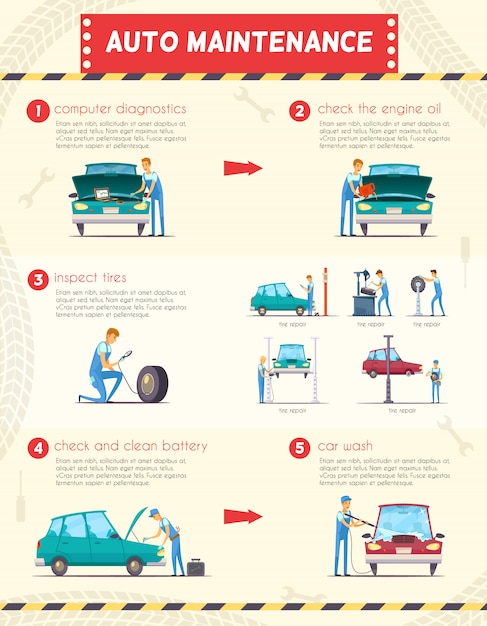Wondering Concerning The Significance Behind Those Dashboard Warning Lights? Gain Insights Into Their Effects For Your Car'S Security And Maintenance
Wondering Concerning The Significance Behind Those Dashboard Warning Lights? Gain Insights Into Their Effects For Your Car'S Security And Maintenance
Blog Article
Web Content By-Sykes Corbett
When you lag the wheel, those radiant warning lights on your dashboard can be a little bit bewildering. Do you understand what they're trying to inform you concerning your car's health? Comprehending the significance of these lights is vital for your safety and the long life of your car. So, the next time one of those lights pops up, would not you intend to analyze its message precisely and take the essential steps to address it?
Common Warning Lighting and Interpretations
Identify typical warning lights in your automobile and understand their significances to ensure risk-free driving.
One of the most regular caution lights include the check engine light, which signals problems with the engine or emissions system. If this light comes on, it's essential to have your vehicle checked without delay.
https://augustvpkex.is-blog.com/37597641/master-the-art-of-picking-the-best-vehicle-service-center-with-these-leading-10-ideas cautioning light shows reduced oil pressure, calling for immediate attention to avoid engine damage.
A flashing battery light might recommend a defective charging system, possibly leaving you stranded if not addressed.
The tire stress surveillance system (TPMS) light notifies you to low tire stress, affecting car stability and fuel effectiveness. Overlooking this could lead to harmful driving problems.
The abdominal light suggests a trouble with the anti-lock stopping system, compromising your ability to stop quickly in emergency situations.
Finally, the coolant temperature level cautioning light warns of engine getting too hot, which can cause serious damages otherwise solved promptly.
Recognizing these typical caution lights will certainly assist you address problems without delay and keep risk-free driving problems.
Relevance of Prompt Attention
Understanding the typical caution lights in your vehicle is only the very first step; the significance of quickly resolving these cautions can not be highlighted sufficient to ensure your safety when traveling.
When a warning light illuminates on your control panel, it's your vehicle's means of communicating a possible issue that needs interest. Ignoring https://www.moneytalksnews.com/slideshows/9-investing-tips-for-2022-that-rich-people-know-by-heart/ can cause much more severe troubles later on, endangering your security and potentially costing you much more in repairs.
Trigger attention to cautioning lights can stop malfunctions and mishaps. As an example, a flashing check engine light might indicate a misfire that, if left unattended, can cause damages to the catalytic converter. Resolving this promptly can save you from a pricey repair work.
Likewise, a brake system cautioning light might signal low brake liquid or used brake pads, important components for your safety and security when driving.
DIY Troubleshooting Tips
If you see a warning light on your dashboard, there are a couple of DIY fixing tips you can attempt prior to seeking expert help.
The first step is to consult your cars and truck's guidebook to recognize what the certain caution light indicates. Often the problem can be as straightforward as a loosened gas cap causing the check engine light. Tightening the gas cap might deal with the problem.
An additional usual problem is a low battery, which can set off different advising lights. Examining the battery links for deterioration and ensuring they're safe may repair the issue.
If a warning light lingers, you can try resetting it by disconnecting the cars and truck's battery for a couple of mins and afterwards reconnecting it. In addition, examining your car's fluid levels, such as oil, coolant, and brake fluid, can aid fix alerting lights connected to these systems.
Final thought
In conclusion, understanding your vehicle's caution lights is necessary for keeping your lorry running smoothly and securely. By promptly addressing these signals and knowing what they indicate, you can prevent expensive fixings and potential malfunctions.
Remember to consult your auto's manual for certain details on each advising light and act appropriately to ensure a trouble-free driving experience.
Remain informed, remain safe when traveling!
